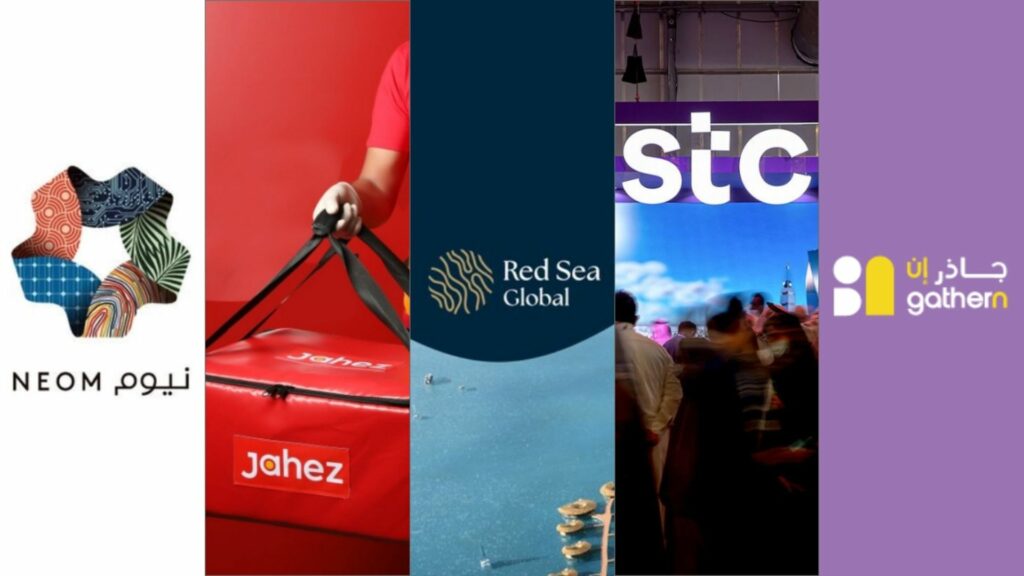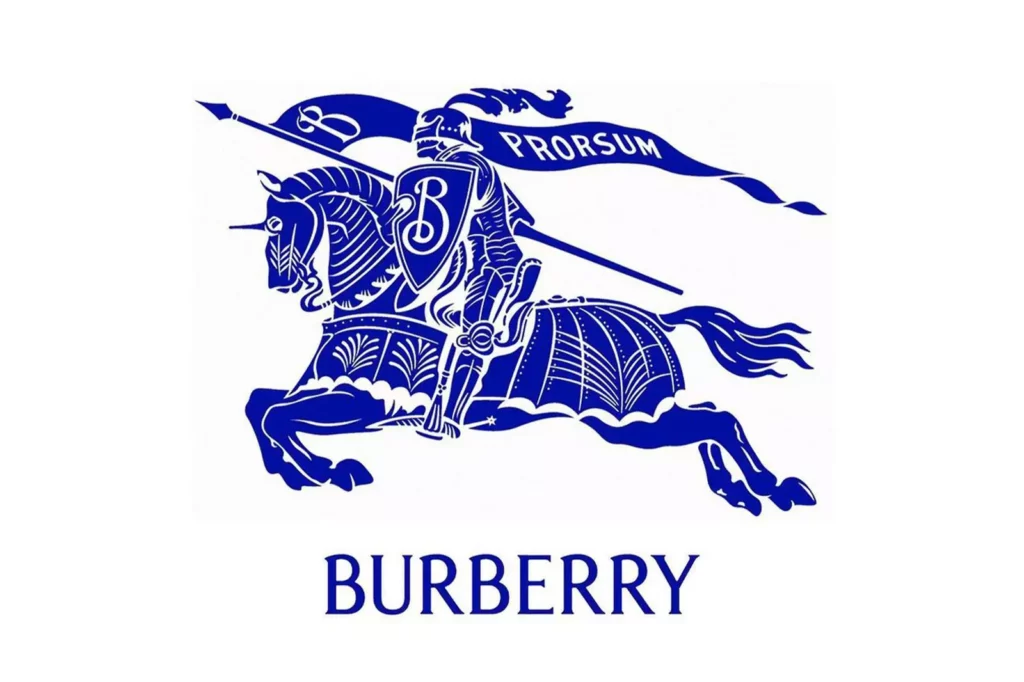Emotions are evoked by the sounds we associate with a brand, for better or worse. Sound is a powerful way to give a brand experience depth and continuity, whether it’s digital or physical, familiar or unfamiliar, unexpected or on demand.
In recent years, the concept of expressing a logo through audio: Sonic Branding — has emerged as a popular strategy as brands attempt to strengthen connections with consumers through advertisements. But now, marketers are going beyond quick audio hits, which are known as “bing bongs” in the industry. They are instead embedding signature sounds almost everywhere they interact with customers, from apps to call centers to auto brands.
Auditory elements also give marketers the flexibility to adapt to rapidly changing preferences and environments in a world that is being disrupted on multiple fronts. In order for brands to stay ahead of the curve, they will need to leap into a dimension not only of sight but also of sound and mind, including identity systems, product design, and brand engagement.
Sound is often used to create emotional connections, but sonic logos (short, distinctive sound signatures) are only one types of auditory elements that help people identify, distinguish, and build connections with a brand.
Sonic Branding Is the Future in Branding
Sonic brand identities is definitely going to be the future in branding. But how do they generate much attention over advertisements? Needless to say, creating such cacophony is challenging. Only by conducting research, comprehending the audience, identifying an emotion, and by combining originality with simplicity, can we find the inherent characteristics of the sound that best represents your brand.
“The melody has to be simple, neutral, likeable, memorable because that’s how recognition happens, and memorability happens when a melody is hummable by normal people, not classically-trained musicians,” says Rajamannar, the Mastercard’s CMO on the creation of their new sonic brand.
As he rightly says, the tone and the planning of such marking needs to engage the ideal clients. Gen Z and Recent college grads are the right age groups that can make perfect sound assets to connect with your audience who can make a big difference in the coming years.
Many brands, like HBO’s static white noise and Netflix’s recognizable “ta-dum” sound, are easily recognizable by their sounds, even if you don’t know it – which all comes under Sonic Branding. There are several other examples too some of which you may be familiar with :
- For instance, the Nokia ringtone was an excellent example of sonic branding.
- Sound branding is big at McDonald’s, and the company even has different sounds for different campaigns and markets.
- The “Intel Inside” bong uses in its audio, video, and television products is a distinctive five-note motif. Here they are creating a sonic sound signature by making use of motif.
- The default ringtone on the Apple iPhone is also another example for this.
These sounds have all strengthened brand connections, not only by increasing recognition but also by raising EQ, or “emotional quotient.” In spite of the fact that customers may not know what the company produces or sells, it is so recognizable to them.
Some Pointers for Starting a Sound Strategy for Your Brand:
A great place to start for a Sound Strategy for your Brand is to make a list of all sounds in your brand experience and do a comprehensive analysis of them to find possible opportunities. Here are a few things to think about:
- Don’t stick to just one kind of audio component. An effective sonic brand identity and strategy can also include themes, music, microinteractions, and voice, in addition to a logo.
- Make deliberate use of sonic brand assets, such as to enhance a story arc, establish a brand presence in a location where you want to make an impact, or amplify a particular aspect of your brand.
- Voice is a promising area of sonic branding because it provides the opportunity to make a brand more immediately recognizable and engage audiences on a deeper level through direct interaction.
A fast-evolving economy and a fast-crashing attention rate make sonic branding essential for connecting content to engagement. The context will be further defined by technology, as evidenced by the proliferation of voice-activated devices. In order to establish authenticity, trust, and a persona that is recognizable, brands need to develop and then expand their sonic identity. Thus, marketers can overlay promotions, video, and storytelling with a consistent sound field.



